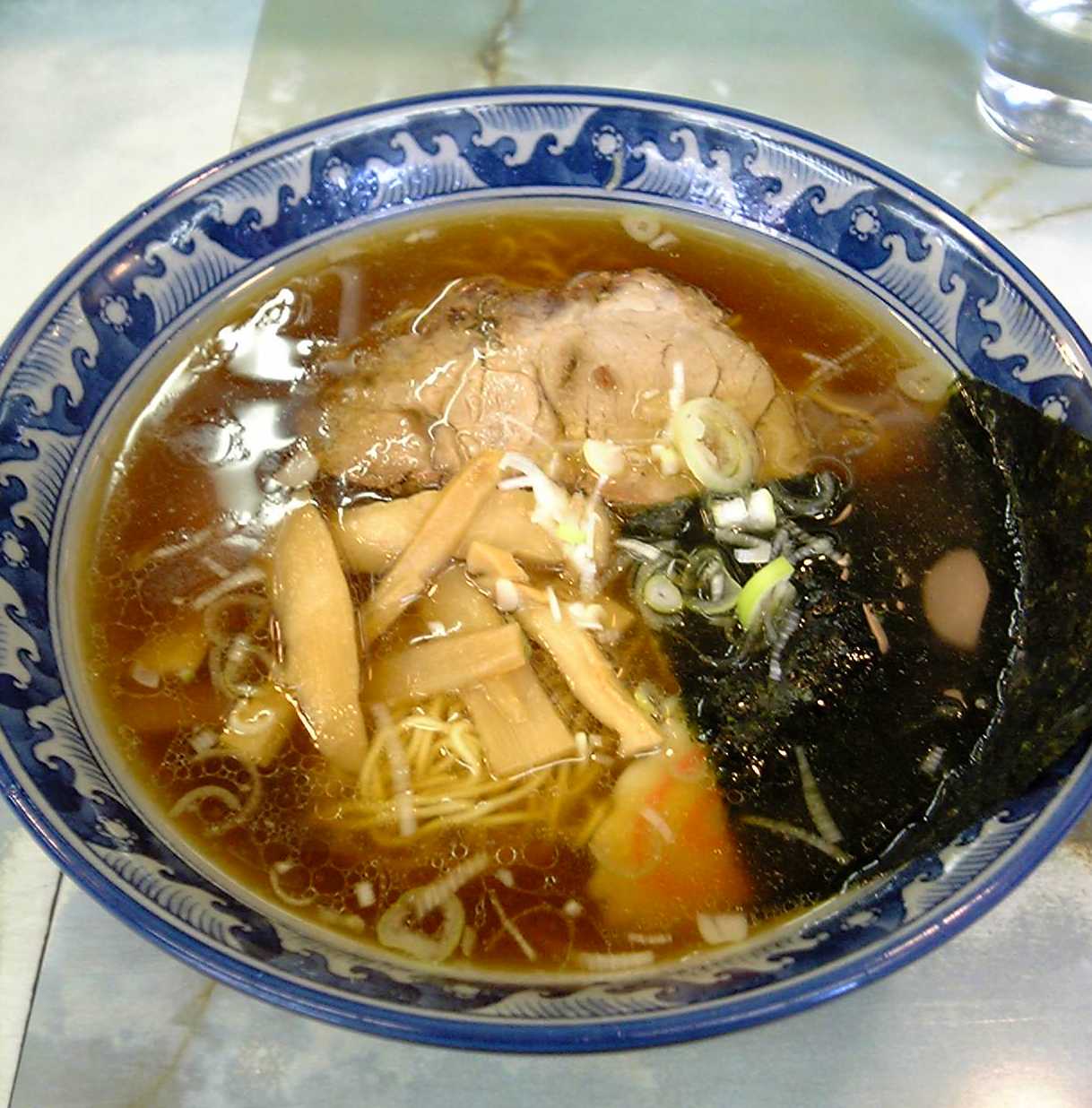Menma on:
[Wikipedia]
[Google]
[Amazon]

 is a Japanese condiment made from lacto-fermented
is a Japanese condiment made from lacto-fermented
Recipe at RecipeZaar.com
Măng khô
Asay food Japanese condiments Chinese cuisine Toppings Plant-based fermented foods {{Japan-cuisine-stub

 is a Japanese condiment made from lacto-fermented
is a Japanese condiment made from lacto-fermented bamboo shoot
Bamboo shoots or bamboo sprouts are the edible shoots (new bamboo culms that come out of the ground) of many bamboo species including ''Bambusa vulgaris'' and ''Phyllostachys edulis''. They are used as vegetables in numerous Asian dishes and b ...
s. The bamboo shoots are dried in the sun or through other means before the process of fermentation. Menma is a common topping for noodle soup
Noodle soup refers to a variety of soups with noodles and other ingredients served in a light broth. Noodle soup is a common dish across East Asia, Southeast Asia and the Himalayan states of South Asia. Various types of noodles are used, such as ...
s, notably ramen
is a Japanese dish, Japanese noodle dish. It consists of served in a broth; common flavors are soy sauce and miso, with typical toppings including , nori (dried seaweed), menma (bamboo shoots), and scallions. Ramen has its roots in Chinese ...
. Menma is primarily produced in China
China, officially the People's Republic of China (PRC), is a country in East Asia. It is the world's most populous country, with a population exceeding 1.4 billion, slightly ahead of India. China spans the equivalent of five time zones and ...
, with brands imported from southern China
South China () is a geographical and cultural region that covers the southernmost part of China. Its precise meaning varies with context. A notable feature of South China in comparison to the rest of China is that most of its citizens are not n ...
and Taiwan
Taiwan, officially the Republic of China (ROC), is a country in East Asia, at the junction of the East and South China Seas in the northwestern Pacific Ocean, with the People's Republic of China (PRC) to the northwest, Japan to the nort ...
being popular. Menma is also known as , "Chinese bamboo".
Etymology
The trading company that would later become Marumatsu Bussan had been exporting dried bamboo shoots produced inTaiwan
Taiwan, officially the Republic of China (ROC), is a country in East Asia, at the junction of the East and South China Seas in the northwestern Pacific Ocean, with the People's Republic of China (PRC) to the northwest, Japan to the nort ...
as ''shinachiku''. In 1946, responding to a formal objection to the use of the term Shina
Shina may refer to:
* Shina language, an Indo-Aryan language spoken in Gilgit-Baltistan, Pakistan
* Shina people, a Dardic ethnic group in Gilgit Baltistan, Pakistan
People named Shina
* Shina Matsudo (born 1973), Japanese freestyle swimmer
* ...
from the Taiwanese government, the Japanese Foreign Ministry
The is an executive department of the Government of Japan, and is responsible for the country's foreign policy and international relations.
The ministry was established by the second term of the third article of the National Government Orga ...
issued a memorandum recommending that the term be avoided.See :wikisource:支那の呼稱を避けることに關する件 Marumatsu Bussan founder Shūsui Matsumura claims that he came up with the new product name menma, a portmanteau
A portmanteau word, or portmanteau (, ) is a blend of wordsYokohama Chinatown
is located in Yokohama, Japan, which is located just south of Tokyo. It is about 160 years old, with a population of about 3,000 to 4,000. Today, only a few Chinese people still live there, most being from Guangzhou ( Cantonese people).
Yo ...
. This name could not be trademarked but gradually became accepted as the common name for the condiment as its popularity grew in Japan.
Menma is not, however, customarily eaten atop noodles in Taiwan; the vegetable toppings on the popular noodle dish Zhajiangmian
Zhajiangmian (; pinyin: Zhá jiàng miàn), literally "fried sauce noodles", commonly translated as "noodles served with fried bean sauce", is a Chinese dish consisting of thick wheat noodles topped with ''zhajiang'' sauce. Zhajiang sauce is no ...
, 菜碼 (Pinyin
Hanyu Pinyin (), often shortened to just pinyin, is the official romanization system for Standard Mandarin Chinese in China, and to some extent, in Singapore and Malaysia. It is often used to teach Mandarin, normally written in Chinese for ...
: càimǎ) were once called 麵碼 (miànmǎ).
See also
*Tsukemono
are Japanese preserved vegetables (usually pickled in salt, brine, or a bed of rice bran). They are served with rice as an ''okazu'' (side dish), with drinks as an '' otsumami'' (snack), as an accompaniment to or garnish for meals, and as a ...
References
External links
Recipe at RecipeZaar.com
Măng khô
Asay food Japanese condiments Chinese cuisine Toppings Plant-based fermented foods {{Japan-cuisine-stub